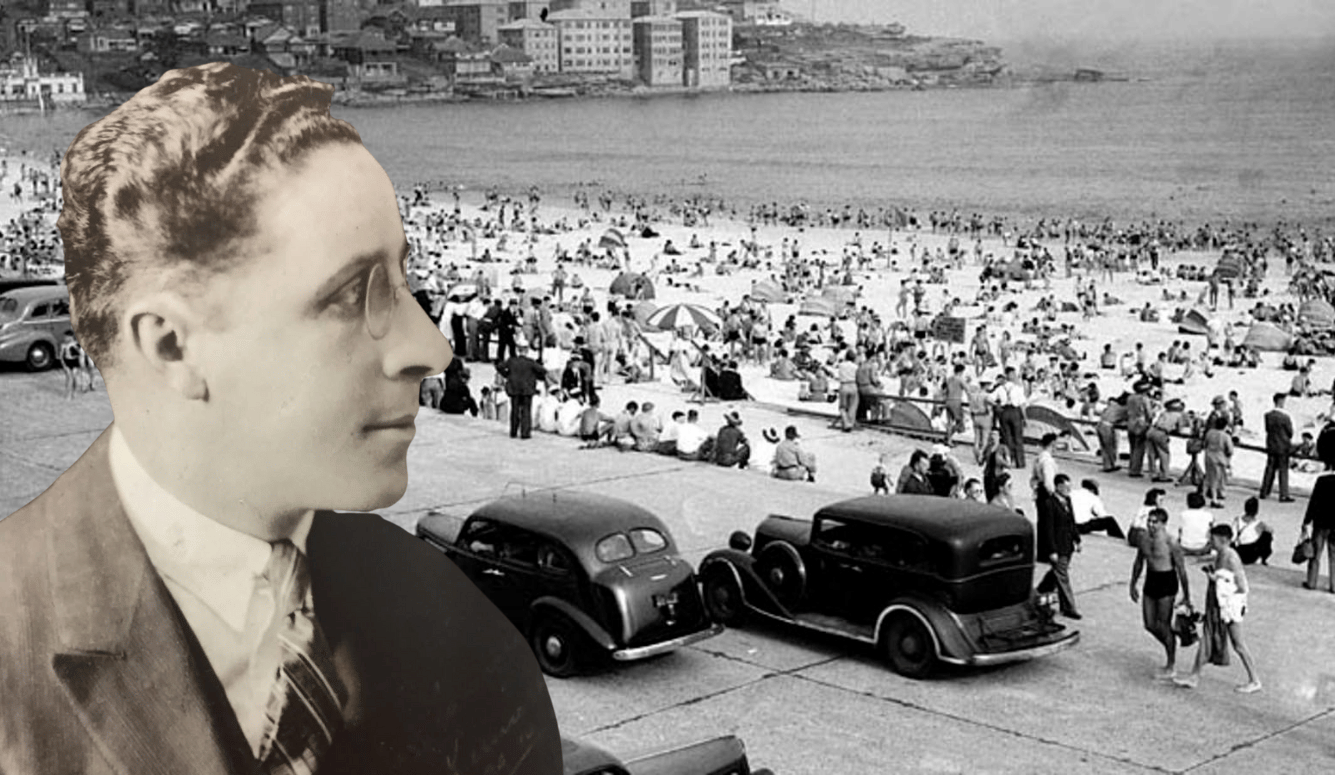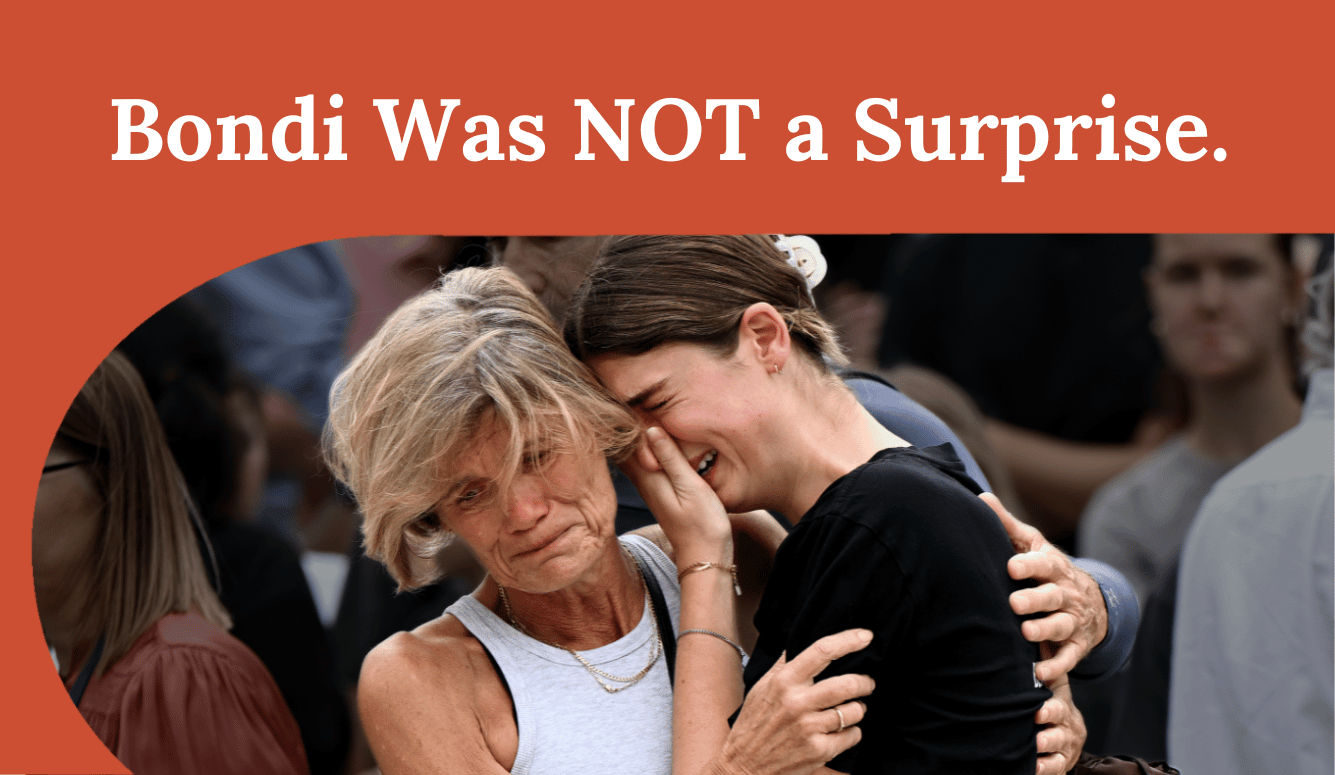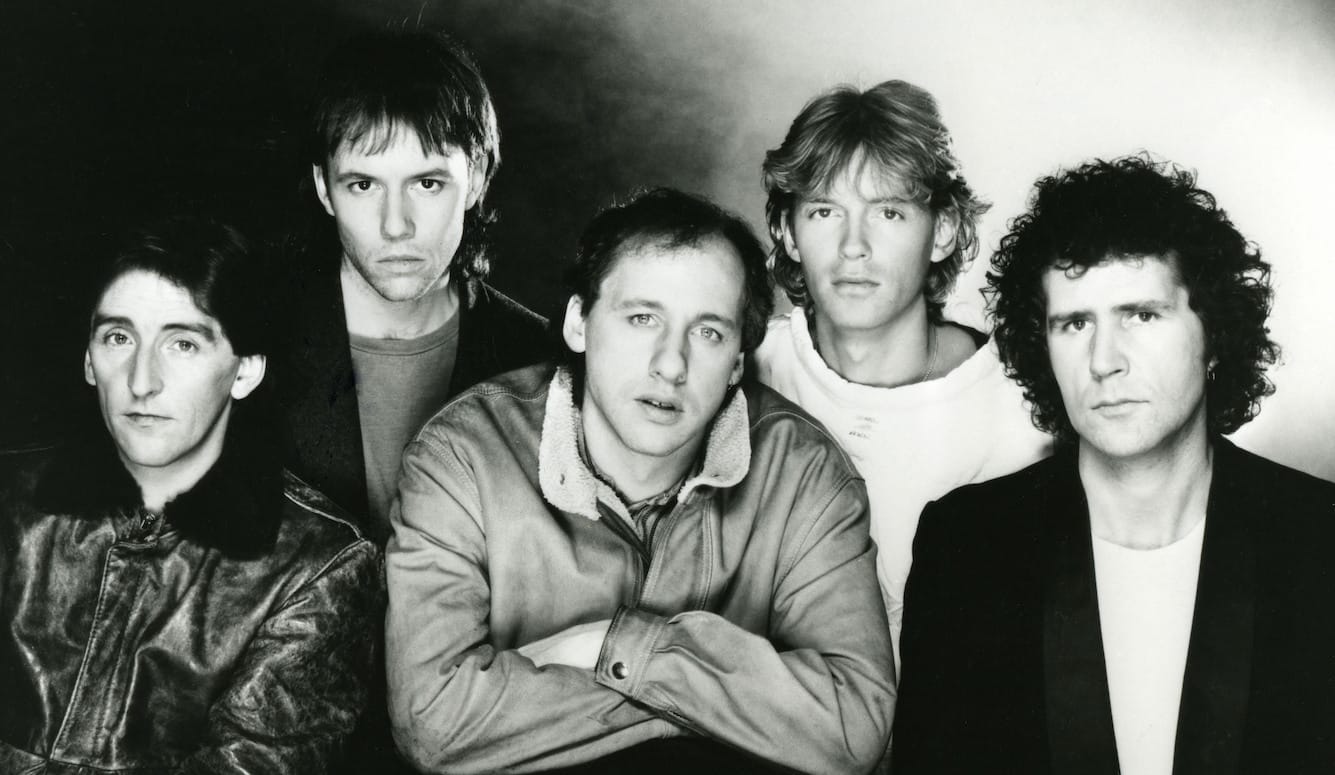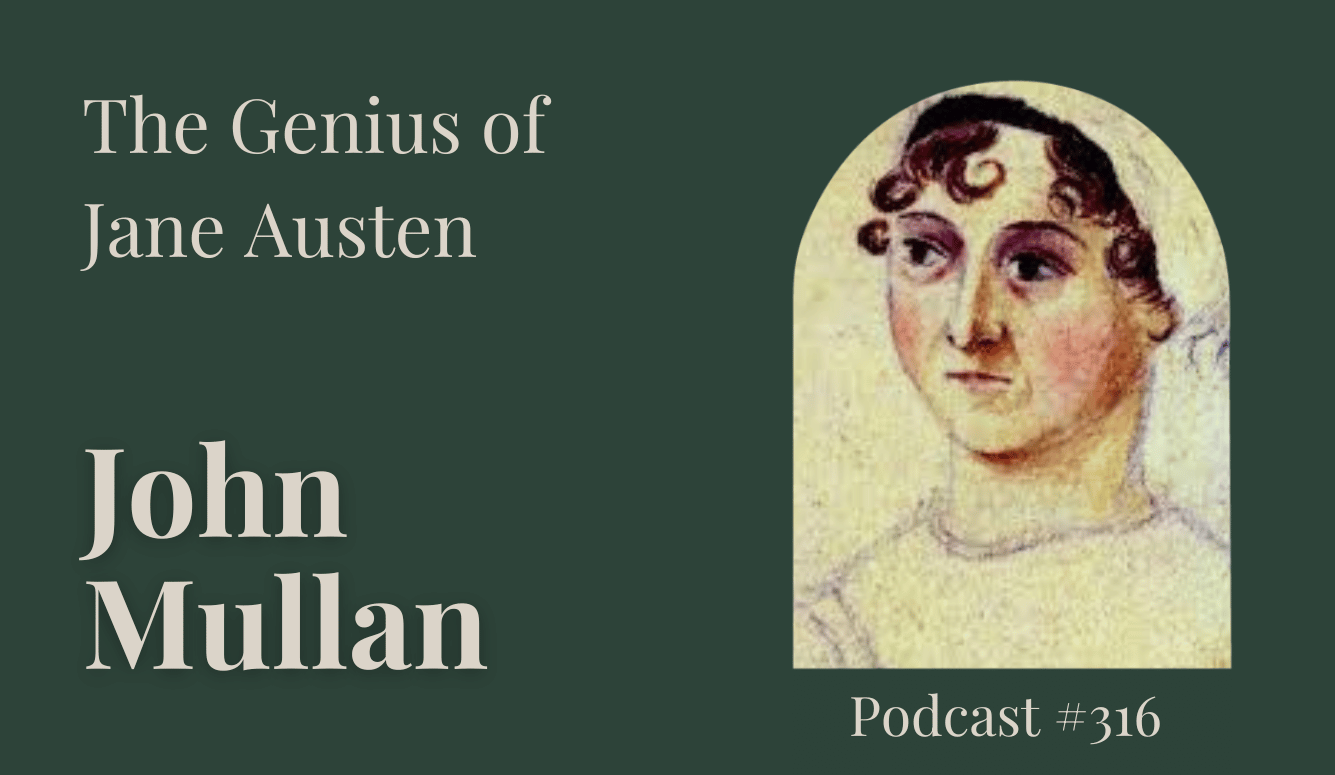Resistance Is in Our Blood: A Personal History of Ukraine

“Lenin created Ukraine,” declared Putin in one of his speeches on February 23rd, 2022 causing outrage among intellectuals and historians in Ukraine and abroad. Putin is being humble here. He might as well have stated that he, personally, invented Ukraine. As he denies Ukraine’s existence, he emboldens true Ukrainians who are more conscious of the trauma and resistance from the past. Putin’s statements about artificial Ukraine, moreover, are not new. Nor is the history of Russian intervention into Ukrainian affairs. Even today, Russian liberals oppose the war with references to the history of Russian-Ukrainian friendship and the Russian legacy in Ukraine. But for many of us Ukrainians, this legacy has a very precarious meaning: the ruthless shelling of civilians, the destruction of hospitals, maternity wards, neonatal care units, daycare, and schools. We have paid an enormous human price for Russia’s claims of shared culture and legacy. And we want none of it.
This is, of course, not the first time, we are left to deal with this “legacy.” Over the past century, it has manifested itself in immense tragedies that cost us millions of Ukrainian lives. Between three and five million people died in Ukraine between 1932 and 1933 as the result of an artificial famine, a lot of them spending the last months or weeks of their lives in sheer agony, feeding on grass, soil, and frogs. In utter desperation, some turned to cannibalism. Many who died were young children. This tragedy remains largely unknown in the Western political and intellectual discourse, which has focused mainly on Hitler and his crimes.

The famine was a by-product of Russian-Soviet inheritance in Eastern Ukraine. Most of Eastern Ukraine had been part of the Russian Empire before 1918—what Putin, and many others in Russian intellectual and political circles claimed as belonging to the larger Russian speaking space. While the history of this belonging has always been complicated, the 20th century was particularly tragic for the Ukrainians who after 1922 found themselves under Soviet rule.
“It is important to study Russian imperial history so that we understand that what came next was so much worse”—one professor at Yale insisted during my graduate student years. The Soviet Union was, indeed, much worse than its imperial predecessor. The most severe consequences affected not ethnic Russians but other nationalities—primarily, the Soviet West, and Ukraine, in particular. Repressions against national minorities in the Soviet Union were more brutal than against ethnic Russians. Cross border ties between Ukrainians in the Soviet Union and Poland were a concern for Stalin, who suspected Soviet Ukrainians of disloyalty. These suspicions, confirmed by recent research, were well-founded. With the assistance of its European counterparts, Poland’s intelligence services targeted Ukrainians inside the Soviet Union in an attempt to destroy the Soviet Union from within. When Stalin struck back, he did so with unprecedented brutality that resulted in the death of millions of Ukrainian civilians.
The year 1929 marked a new beginning in Stalinist policies at home and abroad. As part of the so-called “Great Turn,” Stalin ordered the complete collectivization of agriculture and set up quotas for grain requisition. The grain, ironically, would later be sold to the West for profit. Ukraine was the Soviet and European granary, and it was affected most by the new policies. The bad weather and the drought in 1932 resulted in poor agricultural performance, and grain requisitions were well below the targeted quotas. Stalin blamed nationalist resistance. It was the nationalists, he believed, who brainwashed the peasants, forcing them into acts of defiance. He dispatched security forces to Ukraine to “facilitate” requisitions. By the early spring of 1933, Soviet security forces went house to house in Ukrainian villages removing any traces of agricultural produce as well as stock they could find to the point that nothing was left. The inhuman horrors of the famine in Soviet Ukraine never quite made into 20th-century European historical narratives. We would later learn about Russian losses and Russian sufferings during WWII, even though that war also severely affected life in Ukraine as well as Belarus. As Timothy Snyder has brought to our attention, over and over again, Ukraine was part of the Bloodlands—a territory in which millions upon millions of non-combatants were mass-murdered during WWII by both Nazi Germany and Soviet Russian forces.
I generally dislike the narrative of victimhood and suffering—even though my and many of my friends’ parents in Ukraine enforced it on us from early age. But numbers matter, and history might help us understand the present. As Ukrainians died of starvation and later perished in the war, ethnic Russians moved in to take their space.
Eastern Ukraine had been subjected to Russification since the pre-1918 imperial period, but it took new forms under the Soviet Union. These included the massive loss of Ukrainian populations in the 1930s and the 1940s as a result of the famine and repressions during the war, all while Russification grew stronger. Russian became the language of the elites, while Ukrainian persisted largely in the countryside. Over the decades, however, the boundaries between Russians and Ukrainians in the East became looser.
The traumas of the 1930s and the 1940s may seem to be in the distant past, irrelevant to the present. But Putin and the war that started in Ukraine in 2014 shook this balance. At that time, a lot of those who grew up speaking Russian started switching to Ukrainian and identifying themselves in sharp opposition to everything Russian.
I myself grew up in Western Ukraine, which joined the Soviet sphere of influence only in 1939. My father, who was born in Poland in 1938 but raised in Soviet Ukraine—as a result of the forceful population resettlement between Poland and Soviet Union in 1944—used to walk five miles to school each way through what was essentially an active war zone. He was born in Eastern Poland, a year before the beginning of the war. In September of 1939, as a result of the Soviet-Germany (Molotov-Ribbentrop) pact, Germany occupied Western Poland, and later the same month, the Soviet Union took the East. The war took a turn in 1941, the Nazi advancing into Soviet occupied Poland and later into the Soviet Union proper, via Belarus. By 1944, the Soviets had cleared most of Poland (and Eastern Europe) of the German forces. My father’s family found themselves on the Polish side of what would now become the new Polish-Soviet border. In 1944, their house was set on fire. My grandparents and their three young children, having lost everything but their lives, were forced to move East. Ethnic Poles from what now became Western Ukraine would move to Poland. And ethnic Ukrainians from Eastern Poland would now find themselves in Western Ukraine, part of the Soviet Union. This forceful population exchange, one of many taking place in Europe post-war, defined the history of the Soviet Union not just during the immediate post-1945 years but into the 1990s.
Western Ukraine became Soviet as a result of the Soviet-Germany non-aggression treaty in 1939 and Soviet aggression into Eastern Poland. The war for my family thus started in 1939, much earlier than it did for most Europeans, and it came to an end only in 1949, much later than it did for most Europeans. When the Soviets were finalizing their control of Western Ukraine, the Ukrainians refused to give up fighting over the territories that they considered as their own. In Western Ukraine, the partisan warfare between Ukrainians and the regular Soviets continued intermittently through to 1949. This is a story of defiance against all odds that is largely unknown in Western political and intellectual discourses. I was raised on memories of tragedy and resistance. Just like nearly everyone else around me, I learned Russian not because I wanted to but because I had no choice. I became a Soviet pioneer not because I wanted to but because I had no choice. My and my peers’ parents, in the meantime, offered us many other choices at home. My father’s sizable library at home had a large collection of Ukrainian classics—all of them in Ukrainian. The only Russian titles I remember from childhood are university-level textbooks in chemistry and civil engineering—my parent’s specialties.
This story should help us understand what a lot of people in the West now perceive as almost inconceivable: the brutality of Soviet (now Russian) tactics, and Ukrainian resistance against the enormous odds. Several days before the beginning of the war Putin is now waging, when the peace option had still been on the table, an Israeli colleague of mine asked if Ukrainians would resist. I was surprised that he would even ask. “Of course,” I responded, then thinking to myself: what other options do we have? Nolan Peterson, an American war veteran and journalist who has been living in Ukraine for the past several years, emphasizing repeatedly that Ukraine was not going to be another Afghanistan. After American withdrawal, Afghanistan fell back under the Taliban’s control. Peterson’s claims about Ukraine not becoming another Afghanistan were also somewhat surprising for me to hear. Why would we need to state the obvious? But what is obvious for many Ukrainians might not have been obvious for Western observers. I knew we would resist, with or without Western support or intervention.
My father, who is now almost 84 and has spent most of his life in L’viv in Western Ukraine, is refusing to leave home for shelters. He remembers war from his childhood. He has seen worse, and, objectively, things are not too bad in Western Ukraine. Occasional air sirens—but no shelling. The overcrowded L’viv quickly became a safe haven for many of those fleeing the Russian army from the east. Just over a week into the war, it is crystal clear, that Ukraine, indeed, will not become Afghanistan. And the fighting will go on. We all grew up during peacetime, but trauma and resistance is part of our genetic code.





